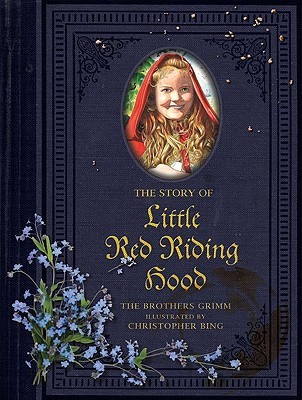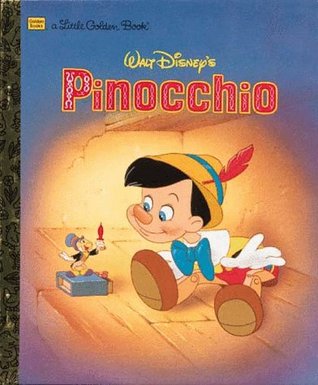Rumpelstiltskin

Author/Illustrator: Paul O. Zelinsky

Author/Illustrator: Paul O. Zelinsky
Genre: Traditional Literature
Awards: Caldecott
Grade level: K-3
Awards: Caldecott
Grade level: K-3
This story of Rumpelstiltskin is a retold version from the original Brothers Grimm tale. Rumpelstiltskin is an iconic tale of a girl who is forced by a king to turn straw into gold. She trusts a stranger who was a little man to help her and he did just that. He spun all of the straw into gold. This just made the king more greedy so he forced her to spin more. She traded the little man her ring so that he would spin the gold for her. The king saw all the gold the next morning and again asked that she spin even more, so she had to make a promise to the little man that whenever she became queen she would give him her first child. Soon after she was queen and gave birth to a baby. The little man came to get it, but she pleaded that he would not take her child. He agreed that if she could figure out his name after three days, he would not take her child. She tried hard to figure out his name, but could not figure it out. One day she asked her servants to look for the man. He was crying out and he revealed his name. The queen guessed his name correctly and he could not believe it. He flew out of the window on his broom.
The illustrations are also done by the author, so the words and pictures are very well fused together and help to compliment each other. The illustrations are oil paintings over watercolor under paintings. The paintings depict a different time period, which appears to be medieval. This book won a Caldecott Honor Award in 1987, so it is honored for its amazing illustrations.
Rumpelstiltskin's tale is one that a teacher could use during circle time. It is a fun story with engaging illustrations. The story is a great depiction of traditional literature because it is plain to see the story is has been around for a long time.





